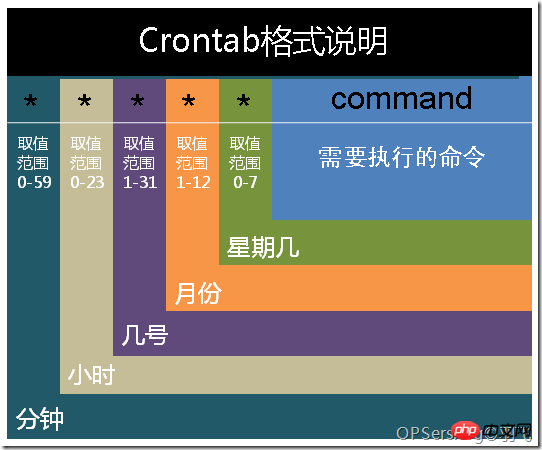文件I/O
直接使用系统调用的缺点:
影响系统性能
系统调用比普通函数调用开销大,因为系统调用要进行用户空间和内核空间的切换。
系统调用一次所能读写的数据量大小,受硬件的限制。
解决方案:使用带缓冲功能的标准I/O库,以减少系统调用的次数。 例如: fwrite、fread、fopen、fclose、fseek、fflush
文件系统接口
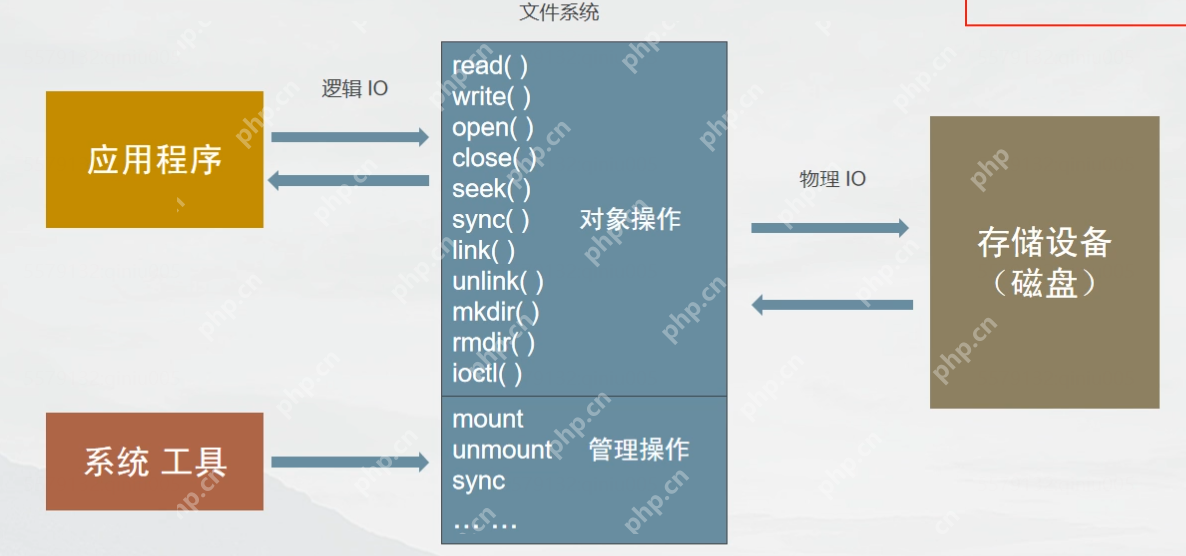
文件系统缓存
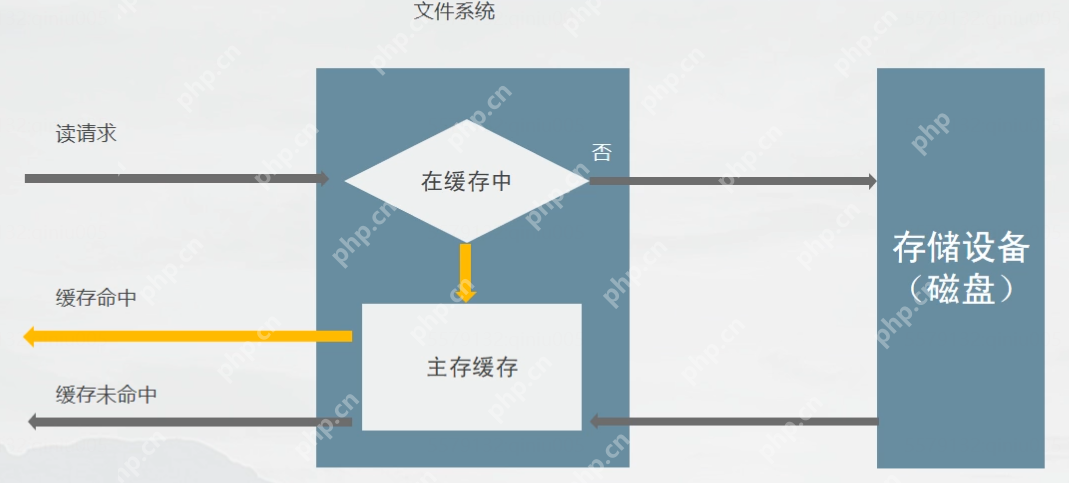
标准文件访问方式
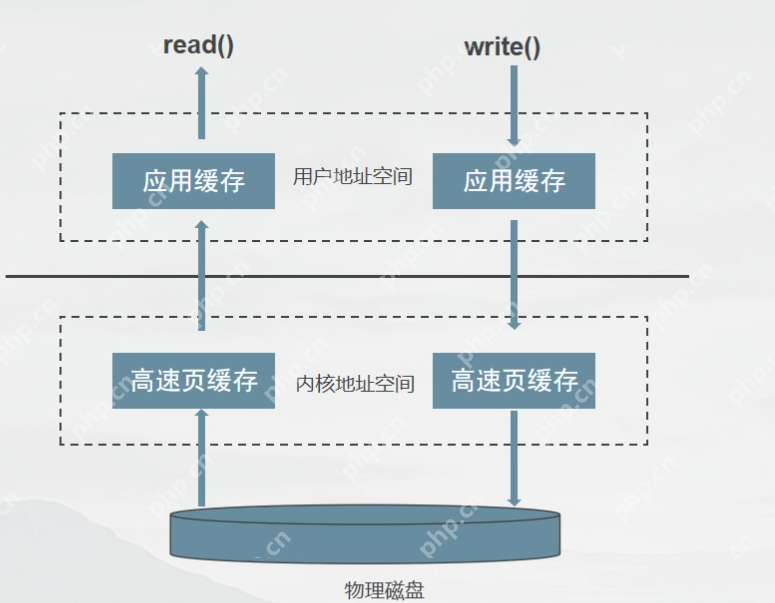
直接IO方式
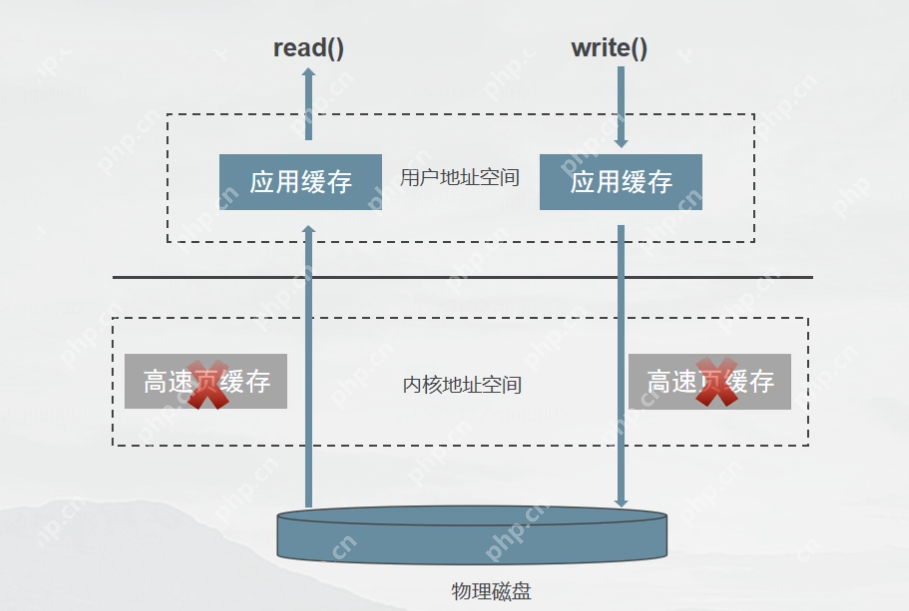
示例:
代码语言:JavaScript代码运行次数:0运行复制
#define _GNU_SOURCE#include <stdio.h>#include <string.h>#include <stdlib.h>#include <errno.h>#include <unistd.h>#include <sys>#include <sys>#include <fcntl.h>#define TOTAL 10//直接IO要考虑到硬件特性//磁盘最基本的单位是扇区,一个扇区512字节#define BUF_LEN 512int writeToFile(int fd,const char* buf,int len) {int wlen = 0;if ((wlen = write(fd, buf, len)) <figure class=""><hr></figure>直接IO和标准方式进行对比<p>**示例:**测试20s内对同一文件的读取次数0</p>代码语言:javascript<i class="icon-code"></i>代码运行次数:<!-- -->0<svg xmlns="http://www.w3.org/2000/svg" width="16" height="16" viewbox="0 0 16 16" fill="none"><path d="M6.66666 10.9999L10.6667 7.99992L6.66666 4.99992V10.9999ZM7.99999 1.33325C4.31999 1.33325 1.33333 4.31992 1.33333 7.99992C1.33333 11.6799 4.31999 14.6666 7.99999 14.6666C11.68 14.6666 14.6667 11.6799 14.6667 7.99992C14.6667 4.31992 11.68 1.33325 7.99999 1.33325ZM7.99999 13.3333C5.05999 13.3333 2.66666 10.9399 2.66666 7.99992C2.66666 5.05992 5.05999 2.66659 7.99999 2.66659C10.94 2.66659 13.3333 5.05992 13.3333 7.99992C13.3333 10.9399 10.94 13.3333 7.99999 13.3333Z" fill="currentcolor"></path></svg>运行<svg width="16" height="16" viewbox="0 0 16 16" fill="none" xmlns="http://www.w3.org/2000/svg"><path fill-rule="evenodd" clip-rule="evenodd" d="M4.5 15.5V3.5H14.5V15.5H4.5ZM12.5 5.5H6.5V13.5H12.5V5.5ZM9.5 2.5H3.5V12.5H1.5V0.5H11.5V2.5H9.5Z" fill="currentcolor"></path></svg>复制<pre class="prism-token token line-numbers javascript">#define _GNU_SOURCE#include <stdio.h>#include <string.h>#include <stdlib.h>#include <errno.h>#include <unistd.h>#include <sys>#include <sys>#include <fcntl.h>#define BUF_SIZE 512int main(int argc, char** argv) {char* buf = NULL;const char* filename = "./open_compare.txt";int fd = -1;time_t start;time_t cur;int rlen = 0;int ret = 0;static int read_total = 0;ret = posix_memalign((void**)&buf,512,BUF_SIZE);if (ret)fprintf(stderr,"posix_memalign failed.reason:%sn",strerror(errno));start = time(NULL);do {read_total++;//fd = open(filename, O_RDWR | O_DIRECT);fd = open(filename,O_RDWR);if (fd 0);close(fd);cur = time(NULL);} while ((cur-start) <p>直接IO</p> <figure class=""><img src="https://img.php.cn/upload/article/001/503/042/174506652360359.jpg" alt="【linux】Linux文件I/O"></figure><p>标准方式</p> <p>(高速页缓存,多次读取速度快。)</p> <figure class=""><img src="https://img.php.cn/upload/article/001/503/042/174506652369371.jpg" alt="【Linux】Linux文件I/O"></figure><figure class=""><hr></figure>O_SYNC<figure class=""><img src="https://img.php.cn/upload/article/001/503/042/174506652331485.jpg" alt="【Linux】Linux文件I/O"></figure>缓存同步<p>为了保证磁盘系统与缓冲区内容一致,Linux系统提供了sync,fsync,fdatasync三个函数。</p> <p>函数描述:向打开的文件写数据,成功返回写入的字节数,出错则返回-1。</p>代码语言:javascript<i class="icon-code"></i>代码运行次数:<!-- -->0<svg xmlns="http://www.w3.org/2000/svg" width="16" height="16" viewbox="0 0 16 16" fill="none"><path d="M6.66666 10.9999L10.6667 7.99992L6.66666 4.99992V10.9999ZM7.99999 1.33325C4.31999 1.33325 1.33333 4.31992 1.33333 7.99992C1.33333 11.6799 4.31999 14.6666 7.99999 14.6666C11.68 14.6666 14.6667 11.6799 14.6667 7.99992C14.6667 4.31992 11.68 1.33325 7.99999 1.33325ZM7.99999 13.3333C5.05999 13.3333 2.66666 10.9399 2.66666 7.99992C2.66666 5.05992 5.05999 2.66659 7.99999 2.66659C10.94 2.66659 13.3333 5.05992 13.3333 7.99992C13.3333 10.9399 10.94 13.3333 7.99999 13.3333Z" fill="currentcolor"></path></svg>运行<svg width="16" height="16" viewbox="0 0 16 16" fill="none" xmlns="http://www.w3.org/2000/svg"><path fill-rule="evenodd" clip-rule="evenodd" d="M4.5 15.5V3.5H14.5V15.5H4.5ZM12.5 5.5H6.5V13.5H12.5V5.5ZM9.5 2.5H3.5V12.5H1.5V0.5H11.5V2.5H9.5Z" fill="currentcolor"></path></svg>复制<pre class="prism-token token line-numbers javascript">#include<unistd.h>int fsync(int fd);int fdatasync(int fd);void sync(void);</unistd.h>
说明:
sync——将所有修改过的块缓冲区排入写队列,然后就返回,它并不等待实际写磁盘操作结束。fsync——将fd对应文件的块缓冲区立即写入磁盘,并等待实际写磁盘操作结束返回。fdatasync——类似fsync,但只影响文件的数据部分。而除数据外,fsync还会同步更新文件属性。
Linux文件IO流程图
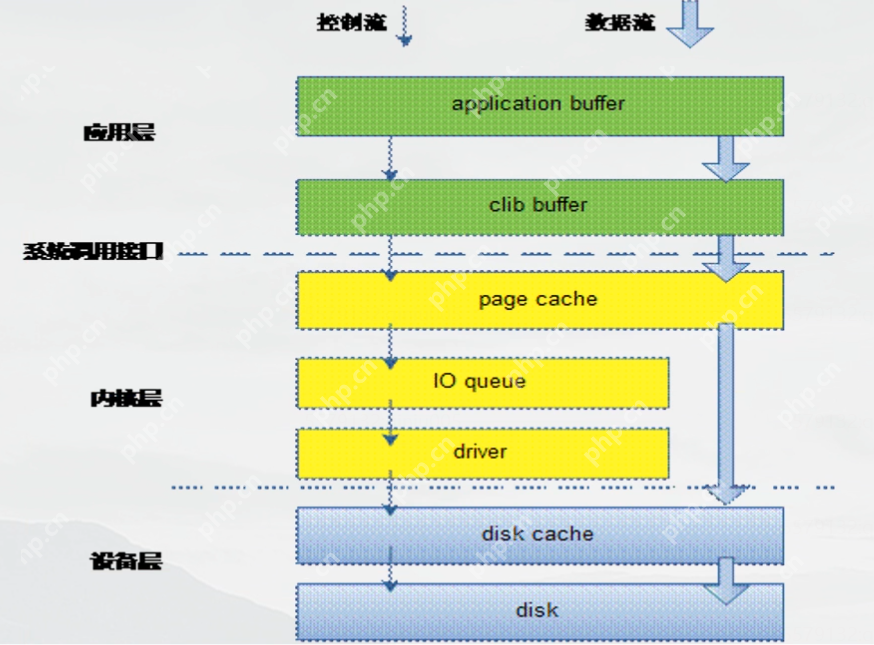
© 版权声明
文章版权归作者所有,未经允许请勿转载。
THE END









